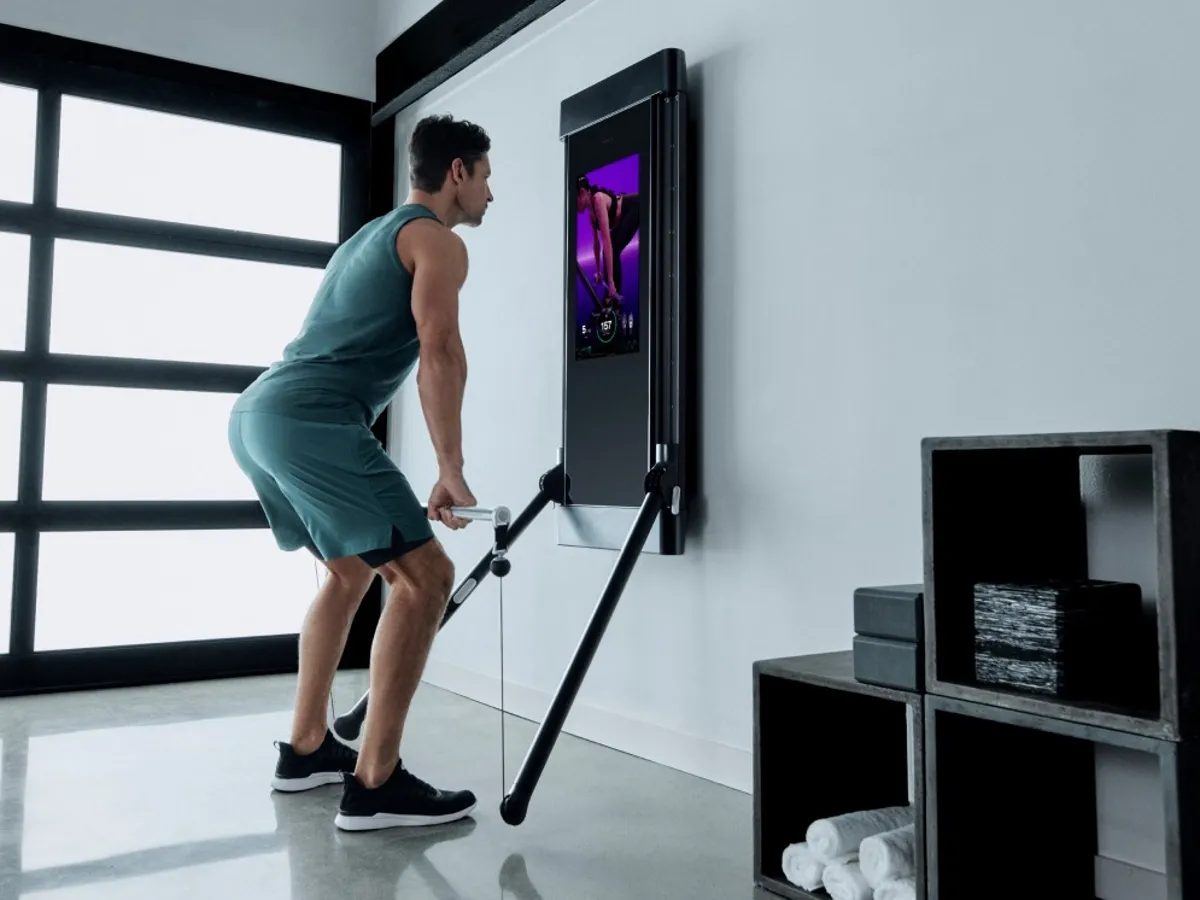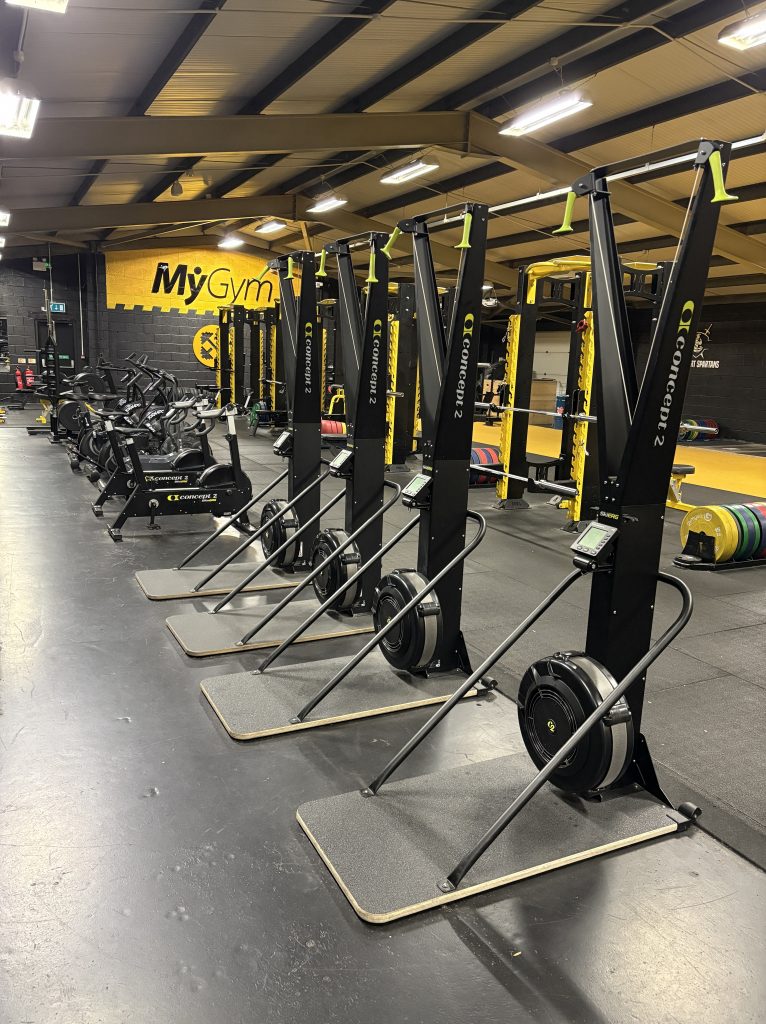Smart vs. Traditional Gym Gear: What’s Worth It?
In 2025, studio owners are facing a big decision: stay classic or go fully connected. The demand for smart fitness technology keeps growing, driven by members who want personalization, data, and convenience. Many leading gym machines manufacturers are adapting quickly to this shift, offering options that cater to both tech-focused and traditional training spaces. But does upgrading to smart equipment make sense for your business model? Or is sticking with traditional gear a smarter long-term investment?
YR Fitness, the leading gym equipment manufacturer, works closely with studio operators across the globe to help them navigate this exact decision. In this post, we’ll compare the strengths and trade-offs of smart and traditional gym equipment. You’ll get a clear breakdown of what “smart” really means, how each option affects costs, member experience, and studio operations, and how to choose the best fit for your facility.
YR Fitness, the leading gym equipment manufacturer, works closely with studio operators across the globe to help them navigate this exact decision. In this post, we’ll compare the strengths and trade-offs of smart and traditional gym equipment. You’ll get a clear breakdown of what “smart” really means, how each option affects costs, member experience, and studio operations, and how to choose the best fit for your facility.
Smart Equipment: What It Does and Why It’s Popular
Smart gym equipment refers to machines that go beyond simple resistance and reps. These are connected devices with sensors, software, and data-sharing features. Common capabilities include:
- Touchscreens with guided workouts
- Integration with wearables for real-time performance tracking
- AI-based coaching or feedback
- Usage analytics and cloud logs
- App connectivity for personalized programs
In 2025, this type of gear is no longer considered a luxury. It’s a growing expectation. Industry studies show that gym-goers increasingly want the same level of feedback from machines as they get from fitness apps or smartwatches.
Smart systems can help members track progress, stay motivated, and feel more engaged. But with those benefits come added costs and a learning curve for both users and operators. YR Fitness offers a range of smart-enabled options for studios looking to incorporate connected features without overcomplicating their operations.

Classic Gear Still Wins in These Key Areas
While tech-forward equipment is gaining traction, traditional gym gear remains essential in many studios.
Dumbbells, barbells, squat racks, cable machines, and plate-loaded stations continue to dominate high-use zones, and for good reason. These tools are durable, low-maintenance, and adaptable across a wide range of training methods.
Advantages of traditional equipment include:
- High reliability with minimal tech issues
- Lower upfront and long-term costs
- Simplicity for staff and members alike
- Flexibility for group training, PT sessions, and strength programs
For studios focused on weightlifting, functional training, or fast-paced classes, traditional gear provides the consistency and freedom that many members value. Many studio owners who work with YR Fitness choose a foundation of traditional equipment for reliability, then add smart tech in targeted zones.
Smart Tech Costs vs. Long-Term Studio Value
Let’s take a closer look at the budget side. Smart gym machines typically cost two to three times more than their traditional counterparts. Expect to pay anywhere from $1,500 to over $5,000 per unit, especially for connected treadmills, bikes, or resistance trainers with digital coaching.
That higher price tag may offer long-term returns through:
- Higher member retention from better engagement
- Usage data that informs floor planning or staffing
- Reduced trainer hours for basic instruction
Traditional equipment, on the other hand, is more budget-friendly and requires little to no ongoing software support. Replacement parts are widely available and often cheaper.
The real question: do the added features of smart gear create enough value to justify the investment in your studio? In some cases, the answer is yes. But that depends heavily on your member base and business goals. YR Fitness helps clients evaluate both initial investment and long-term ROI before making equipment decisions.

What Your Members Actually Want in 2025
Equipment choices aren’t just about functionality. They’re also about member expectations.
In today’s fitness landscape, many gym-goers (especially younger members) are looking for:
- Connected machines that sync with their wearables
- Real-time feedback and coaching prompts
- Digital tracking and progress charts
- Gamified training features or virtual classes
These tools can increase engagement and perceived value. Studios offering personalized or tech-supported experiences often see stronger member retention.
Still, not everyone is looking for bells and whistles. More experienced lifters, class loyalists, and no-frills gym-goers often prefer straightforward gear. For them, the appeal lies in control, simplicity, and focus.
YR Fitness engineers both smart and traditional solutions so studio owners can align with what their members actually want—not just what’s trending.
How Smart Gear Shapes Daily Operations
From a business perspective, smart equipment offers more than just member-facing features. It also changes how studios operate behind the scenes.
For example:
- Data dashboards reduce manual check-ins or paper logs
- Remote onboarding can help new trainers learn machines faster
- Multi-location studios can standardize training through synced programs
However, smart systems can bring new challenges:
- Tech maintenance and firmware updates
- Cybersecurity or data privacy concerns
- Additional staff training for troubleshooting or setup
Traditional equipment avoids many of these issues, making it a great choice for lean teams or facilities that prioritize hands-on support over automation. YR Fitness clients often adopt a phased approach, adding smart tech gradually based on feedback and usage trends.
Best of Both Worlds: When to Mix Smart and Traditional
The good news? You don’t have to pick one side. A hybrid strategy often works best for studios aiming to serve a variety of users.
Consider this setup:
- Use smart cardio gear in onboarding zones or personal training spaces
- Place traditional weightlifting gear in high-traffic strength areas
- Introduce connected resistance machines where data adds coaching value
Before making any major purchases, test equipment in real-world scenarios. Ask your team for feedback and monitor member preferences. Use data to identify where smart features will enhance—not complicate—the workout experience.
It’s not about chasing trends. It’s about choosing tools that match your layout, programs, and long-term goals.
Choose What Fits Your Studio: Smart, Traditional, or Both
Smart equipment is becoming part of the standard toolkit for many studios. But that doesn’t mean it’s the best choice for every floor, budget, or membership base.
Traditional gear continues to offer unbeatable value through simplicity, durability, and user familiarity. Smart gear shines where data, personalization, and tech integration matter most.
As you plan your 2025 equipment strategy, match your gear decisions to your operations, space, and growth goals. Whether you stay classic, go connected, or find a smart middle ground, what matters most is building a gym that performs just as well as it promises. YR Fitness is here to support that journey with equipment built to serve your members and protect your investment.